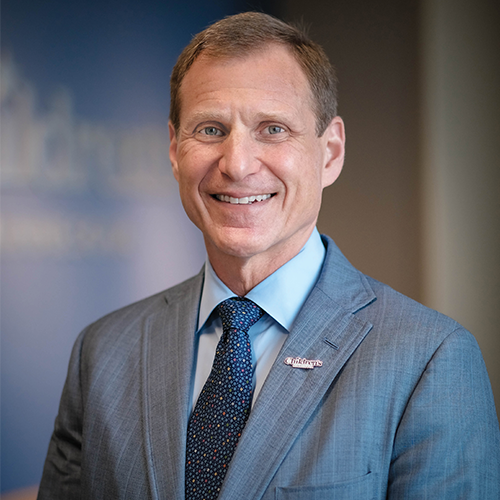Subsidized health programs. These are clinical programs children need, but the programs aren’t self-supporting, so Community Benefit funds keep these services available and accessible. They’re programs like neurosurgery, neurology and diabetes clinics, home health care, inpatient and outpatient mental health services, and infection control.
Community health improvement services. These are vital health services beyond medical care like social work, trauma injury prevention and family support services that help build stronger families and communities.
Health professions education. These funds are invested in the education of current and future doctors, nurses and other health care professionals to ensure we have enough kid experts to care for kids in our community.
Research. These funds support the development of new treatments that are improving the lives of children in Minnesota and around the world. Recent examples: a study of Somali women’s beliefs and concerns regarding fetal interventions and a study to determine the feasibility of using technology-based programs to efficiently perform comprehensive hearing tests in elementary schools.
Charitable patient care. This is free care for patients who can’t afford care and aren’t covered by Medicaid. You may be wondering why this number is low compared to the other Community Benefit investments we make. It’s not because we don’t provide charitable patient care. Keep reading to learn more.


